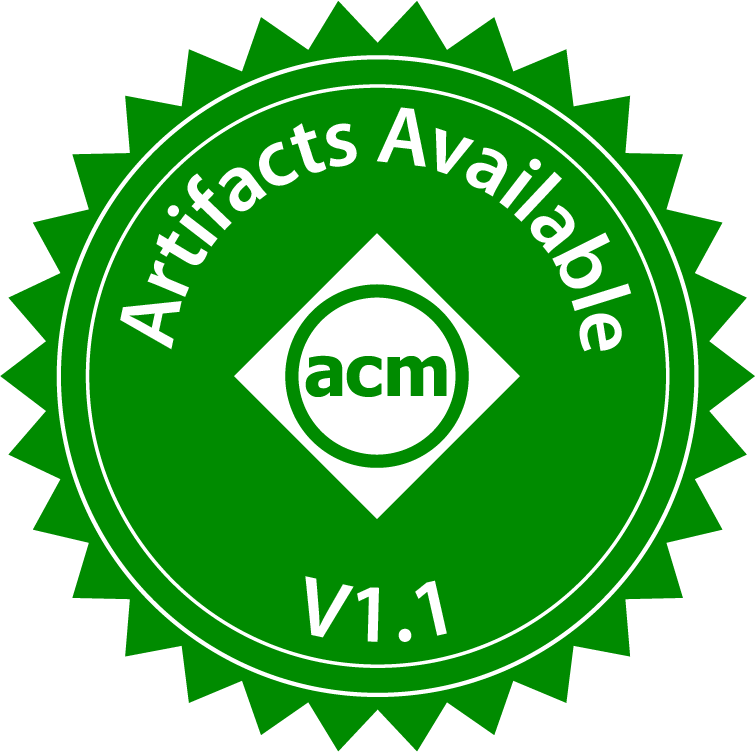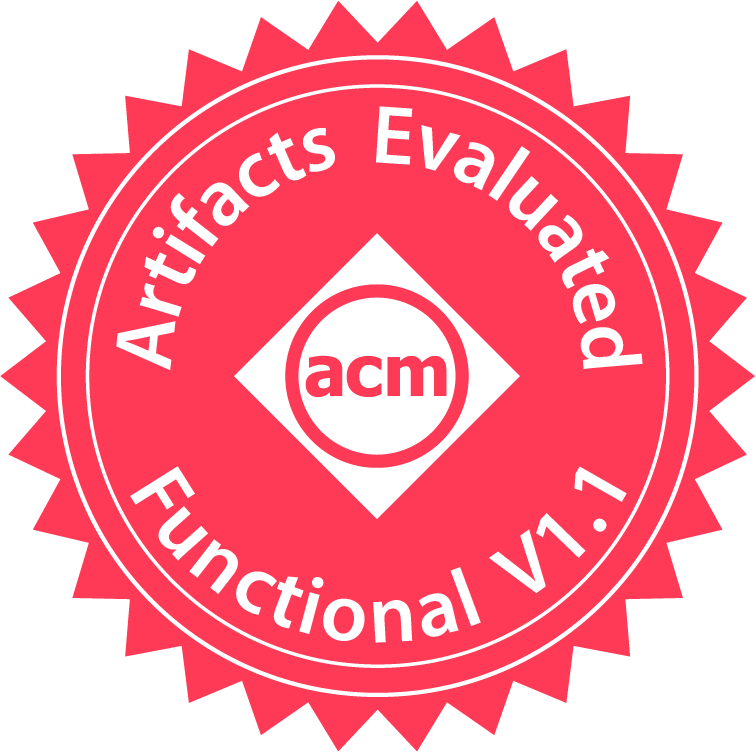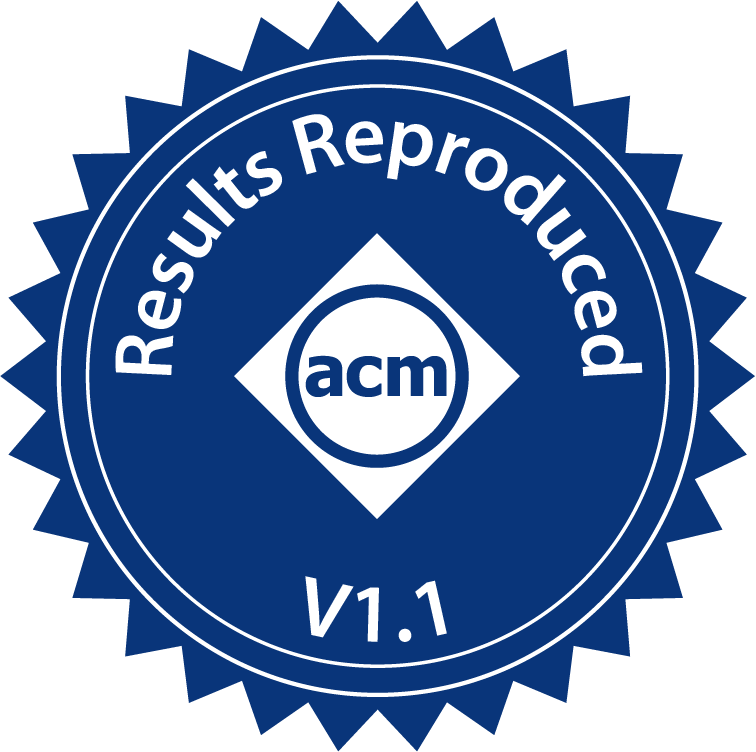Artifact Review Summary: Snoopy: Surpassing the Scalability Bottleneck of Oblivious Storage
Artifact Details
Badges Awarded
| Artifact Available | Artifact Functional | Results Reproduced |

|

|

|
Description of the Artifact
The Snoopy (SOSP 2021) artifact locates at https://github.com/ucbrise/snoopy under the Apache v2 license.
Snoopy is a novel oblivious storage system that scales similarly to a plaintext storage system. Experiments show that Snoopy can scale out horizontally, and performs at least 10x faster than state-of-the-art oblivious systems.
This artifact includes all the necessary instructions for building and installing Snoopy locally. The authors also have provided highly automatic scripts for reproducing the experimental results on Azure. A good feature of these scripts is that they can generate side-by-side figures for readers to compare the reproduced results and the paper’s results with a lot of ease.
Environment(s) Used for Testing
Snoopy can be built and run locally using a 64-bit machine/VM running Ubuntu 18.04 LTS. Since the experiments require multiple machines for testing with scalability, it is recommended to use the cloud resources, such as the Azure clusters used by the authors.
For Oblix (Oakland 2018) as the baseline, an evaluator needs to launch 1 Azure SGX (Software Guard Extensions) VM with an image that has Oblix installed.
For Obladi (OSDI 2018) as the baseline, it needs to launch a cluster of 2 VMs. The provided script compiles Obladi and sends the compiled jar files to the remote Obladi cluster.
For Snoopy, it needs to launch a cluster of 21 Azure SGX VMs and update the experiment config files with the used machines’ IP addresses.
For the ease of reproducing the paper results, the authors provide an Azure client VM containing the Snoopy repo. The command lines launch several Azure SGX VM instances, perform the experiments, and propagate the results to the client VM for figure generation.
Note that although the techniques used in Snoopy do not depend on Azure, its current implementation uses OpenEnclave, which relies on Azure’s provisioned remote attestation.
Step-By-Step Instructions to Exercise the Artifact
An evaluator can easily follow the authors’ instructions on how to provision the Azure VMs, generate the baseline numbers, perform the experiments, obtain the results, and finally shut down the provisioned VMs. These steps provided by the authors are clear and concise.
The following are mainly copied from the original authors’ instructions:
Oblix Baseline
cd ~/snoopy/scripts/oblix
python3 runExperiment.py --config=config/oblix_benchmark.json -psrc # 5 minutes
Obladi Baseline
cd ~/snoopy/scripts/obladi
python3 runExperiment.py -psrc # 15 minutes
Propagate Baselines
cd ~/snoopy/scripts
./process_baselines.sh # <1 minute
Provisioning Machines for Snoopy
cd ~/snoopy/scripts
./provision_machines.sh # 5 minutes
Figure 9
./figure9.sh # 195 minutes
Figure 10a
python3 runExperiment.py -f 10a -srg # 35 minutes
Figure 10b
python3 runExperiment.py -f 10b -srg # 10 minutes
Figure 11a, 11b, 11c:
./figure11.sh # 6 minutes
Figure 12a
python3 runExperiment.py -f 12a -srg # 2 minutes
Figure 12b
python3 runExperiment.py -f 12b -srg # 12 minutes
Figure 14a, 14b (PREREQUISITE: Figure 11a, 11b, and 11c)
./figure14.sh # 2 minutes
Cleanup
python3 runExperiment.py -c # 10 minutes
How The Artifact Supports The Paper
Available
The artifact is a public GitHub repo and shows how to produce all the figures from the Snoopy paper.
Functional
The artifact instructions provide how to compile and use Snoopy locally on Ubuntu 18.04 as well as how to enable debugging.
The process of running Snoopy on the Azure public cloud and replicating the authors’ results is well-documented. This includes generating figures from the raw data produced, and drawing two sub-figures to ease comparisons intuitively. The expected time for each run is also kindly given. The execution runs mostly smoothly, with easy automation of the experiments and result production.
Reproduced
The artifact can successfully generate 11 (sub)figures (from figure-9 to figure-14). All of the figures reproduced correspond to ones from the paper, and hence support the authors’ claim. While a slight difference (for example, Figure 12a) did occurr, the artifact evaluators believe it is negligible.